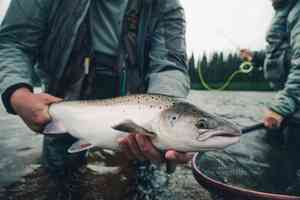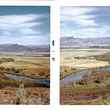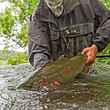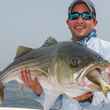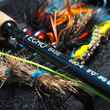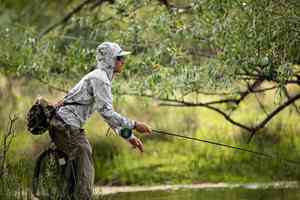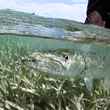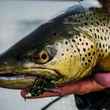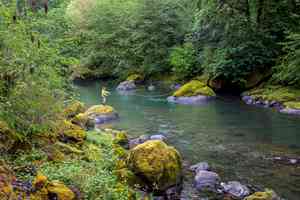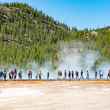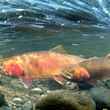There is a wide range of opinions on how to care for your fly lines. Most line manufacturers however, recommend a mixture of soap and water cleansing, abrasive cloth treatment and the use of fly line dressings. How often you should be caring for your fly lines also depends on who you consult. Some folks will recommend a daily cleaning (prior to or after fishing your fly line), while others recommend every 3-5 uses or more. Whatever the case, if you're like many anglers, you're not caring for your fly line often enough.
If you're like me, it's not that you don't care about your fly line, it's just that you don't feel like dealing with the hassle: rigging up a setup to allow you to spool line off your reel without turning it into a rat's nest, finding a way to clean and dress all the fly line without it taking forever and making a big mess, and so on. If that sounds like you, a relatively new product dubbed the Omnicare Switchbox is looking to change your mind about fly line maintenance.
